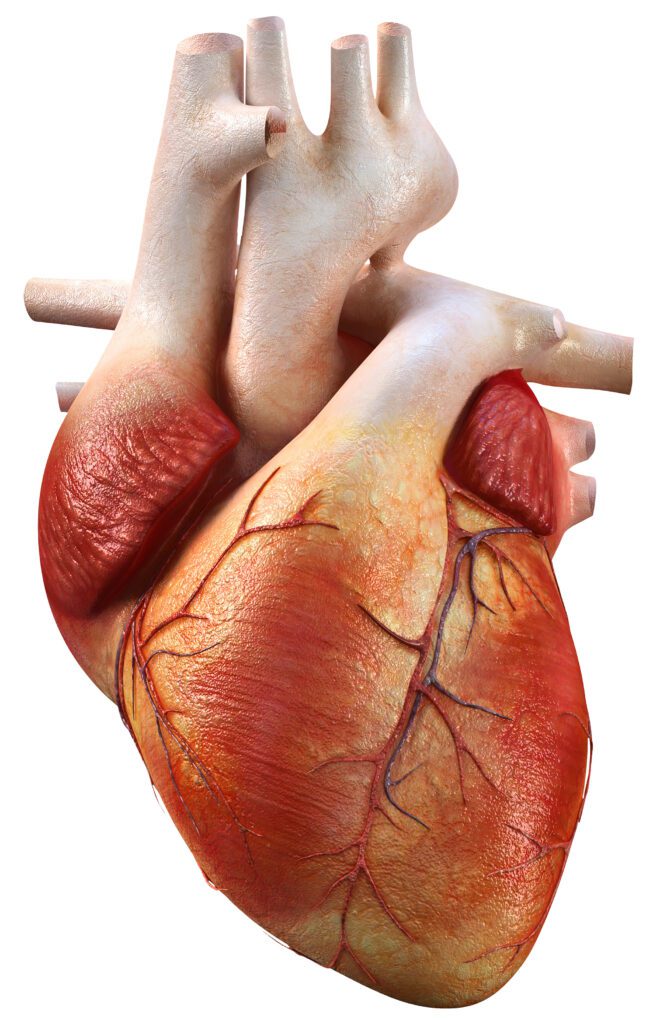Heart disease continues to be the No. 1 killer of women and men in the United States; someone dies every 33 seconds in the U.S. from cardiovascular disease, according to the Centers for Disease Control and Prevention.

“Coronary artery disease is the leading cause of heart disease in the United States,” says Usman Baber, M.D., OU Health Director of Interventional Cardiology and Chief of the Cardiovascular Section with the University of Oklahoma Health Sciences Center. “Simply put, coronary artery disease can be viewed as a progressive, inflammatory infiltration that consists of lipid particles and white blood cells that comprise the blood vessels feeding the heart muscles – coronary arteries. An important concept is that both inflammation and other risk factors [like] elevated cholesterol, smoking and diabetes mellitus, play a key role in the initiation and propagation of this condition. In addition, the process that leads to coronary artery disease – inflammation combined with other risk factors – can also be found in blood vessels that feed the brain and lower extremities.”
He says key risk factors for heart disease include one’s age – over 45 for men and over 55 for women – actively smoking, diabetes mellitus, elevated cholesterol and hypertension.
“Other factors include chronic inflammation, physical inactivity and a diet that is poor in fruits and vegetables,” says Baber.
However, if a family has a history of heart disease, one should also consider the genetic component.
“The more we learn about heart disease, the more we realize that it is in fact a combination of both lifestyle and genetic predisposition,” says Baber. “However, it is also true that the choices we make – i.e. lifestyle – can make a very large impact irrespective of genes. In other words, even if your genetic predisposition is towards heart disease, you can greatly lower your risk by strict control of risk factors.”
As obesity rates have continued to rise, there is the concern of heart disease affecting more young people.
“This really depends on race, ethnicity, sex and other risk factors,” says Baber. “In general, older individuals are more likely to manifest heart disease. However, we see heart disease at a much younger age among those with underlying diabetes, certain racial/ethnic groups – Native Americans and African Americans – and among those with less access to reliable healthcare. Addressing these disparities in care is a major focus of cardiovascular societies across the globe.”

The Essential Eight
To help individuals follow a heart-healthy lifestyle, the American Heart Association (AHA) created Life’s Essential 8 – key measures for improving and maintaining cardiovascular health.
The eight measures include health behaviors: eating better, being more active, quitting tobacco and getting healthy sleep, as well as health factors: managing weight, controlling cholesterol, and managing one’s blood sugar and blood pressure. The AHA has also created Life’s Essential 8 for kids and offers My Life Check – an online tool to assess your heart health and understand your risk for heart disease and stroke. To access these resources, visit heart.org.






















